
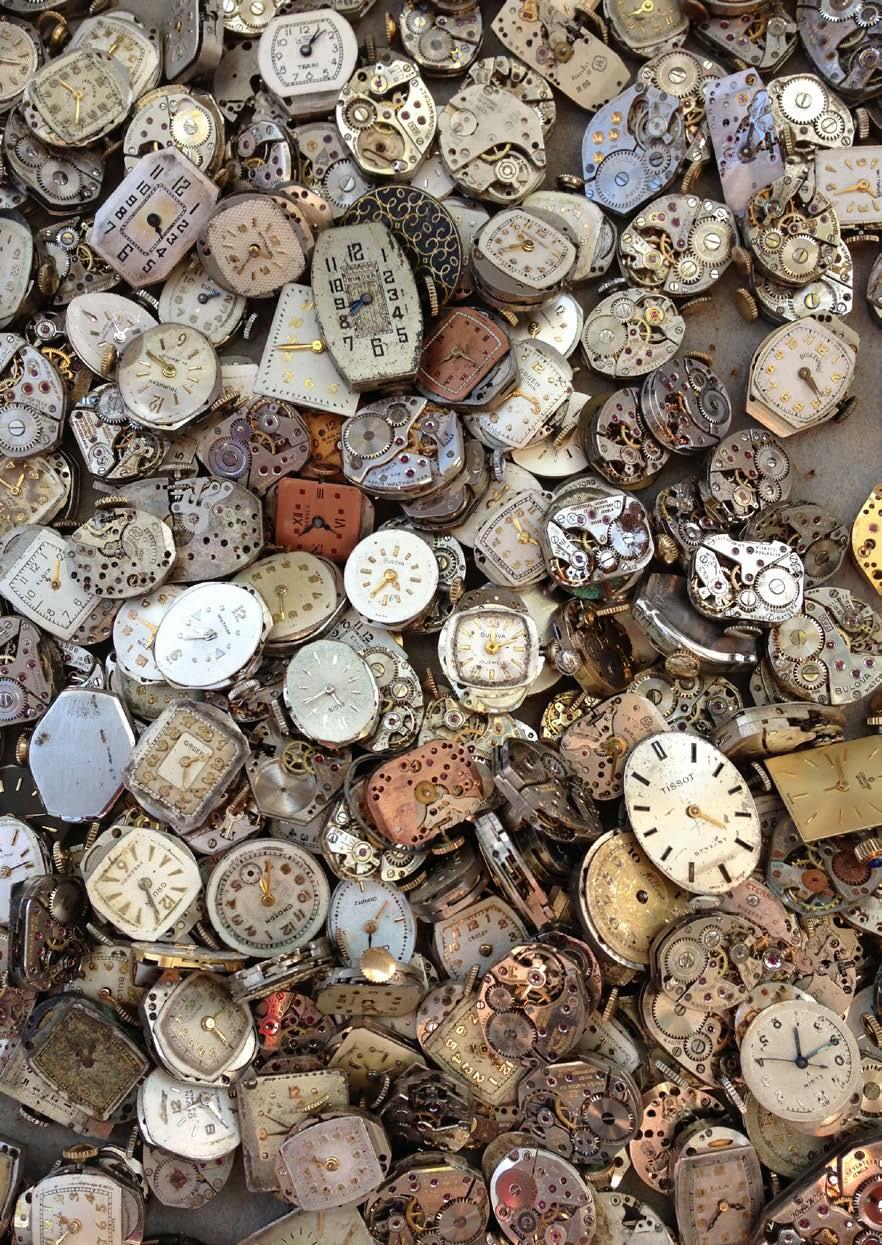
Thu 5 June 2025 • 20.15 Fri 6 June 2025 • 20.15



Thu 5 June 2025 • 20.15 Fri 6 June 2025 • 20.15
conductor Tarmo Peltokoski
soprano Asmik Grigorian
bass Mika Kares
Dmitri Shostakovich (1906-1975)
Symphony No. 14, Op. 135 (1969) for soprano, bass and chamber orchestra
• Adagio. De Profundis (Lorca/Tynyanova)
• Allegretto. Malagueña (Lorca/Geleskul)
• Allegro molto. Loreley (Apollinaire/Kudinov)
• Adagio. The Suicide (Apollinaire/Kudinov)
• Allegretto. On Watch (Apollinaire/Kudinov)
• Adagio. Madam, Look! (Apollinaire/Kudinov)
• Adagio. In the Santé Jail (Apollinaire/ Kudinov)
• Allegro. Reply of the Zaporozhian Cossacks to the Sultan of Constantinople (Apollinaire/Kudinov)
• Andante. O Delvig, Delvig! (Küchelbecker)
• Largo. Death of the Poet (Rilke/Silman)
• Moderato. Conclusion (Rilke/Silman) intermission
Jean Sibelius (1865-1957)
Symphony No. 4 in A minor, Op. 63 (1911)
• Tempo molto moderato, quasi adagio
• Allegro molto vivace
• Il tempo largo
• Allegro
Concert ends at around 22.15
Most recent performances by our orchestra:
Shostakovich Symphony No. 14: Mar 2000, soprano Elisabeth Meyer-Topsøe, bass Robert Holl, conductor Claus-Peter Flor
Sibelius Symphony No. 4: May 2019, conductor JukkaPekka Saraste
One hour before the start of the concert, Ronald Ent will give an introduction (in Dutch) to the programme, admission €7,50. Tickets are available at the hall, payment by debit card. The introduction is free for Vrienden.
Cover: Photo Heather Zabriskie (Unsplash)
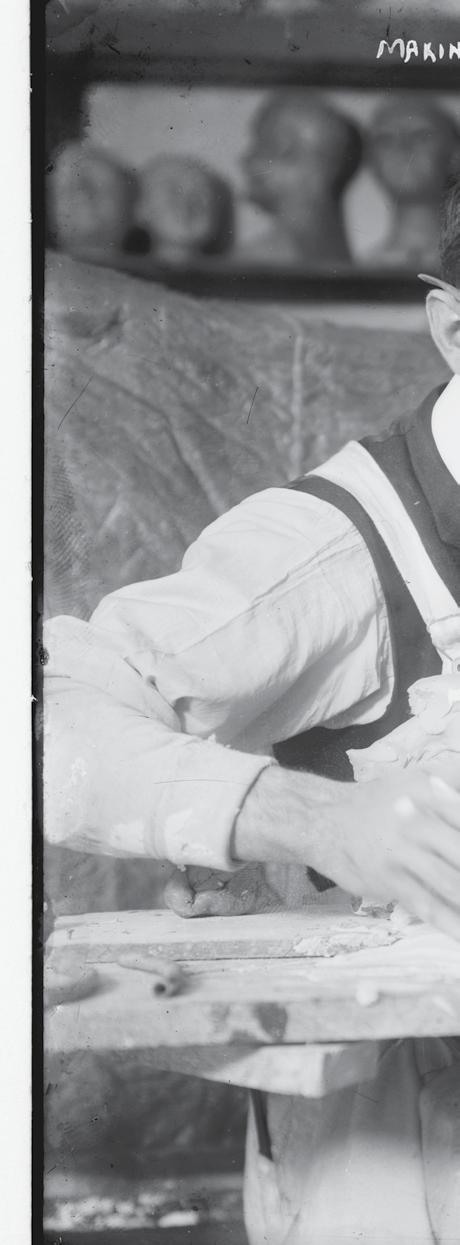
Blaník. Omslagillustratie door Antonín König voor de eerste uitgave van Smetana’s partituur (1894) Richard-Strauss-Institut
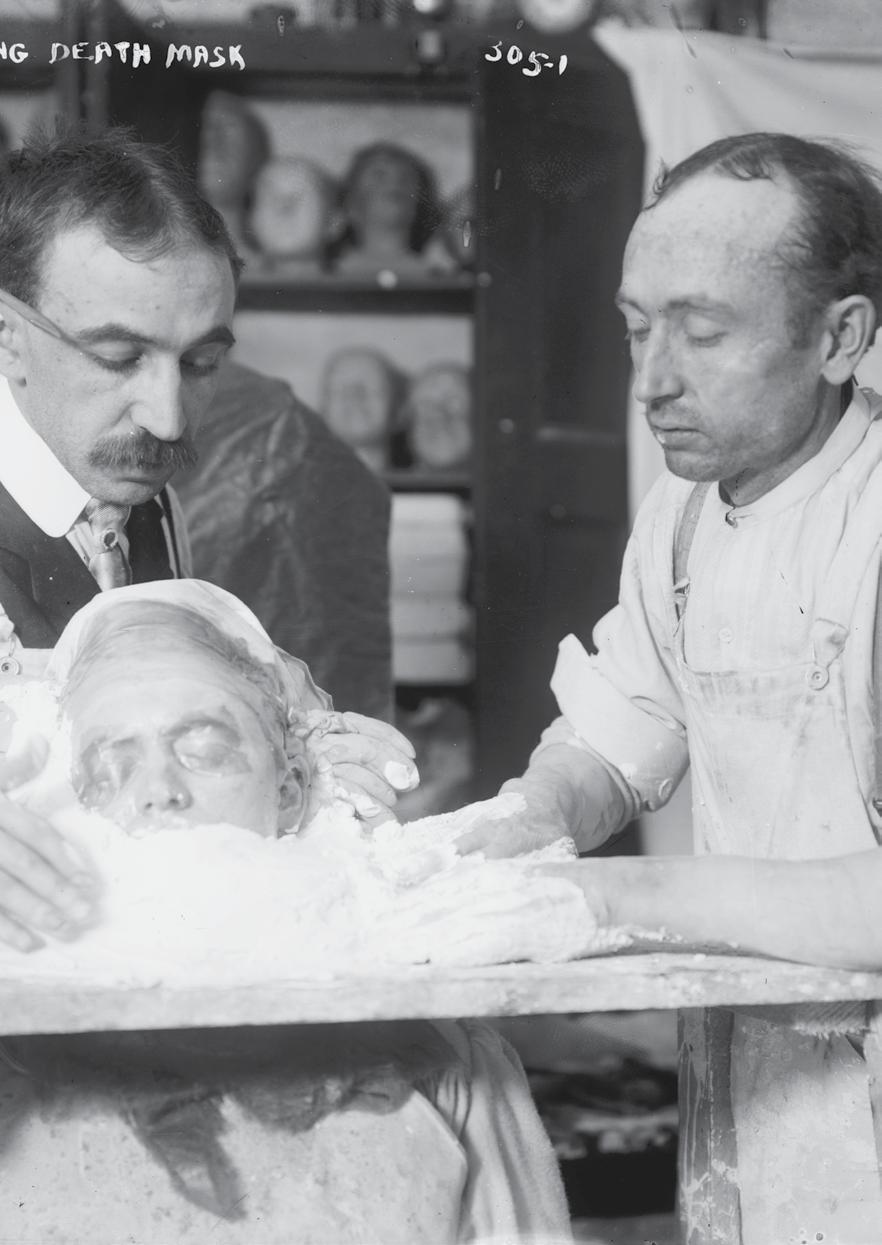
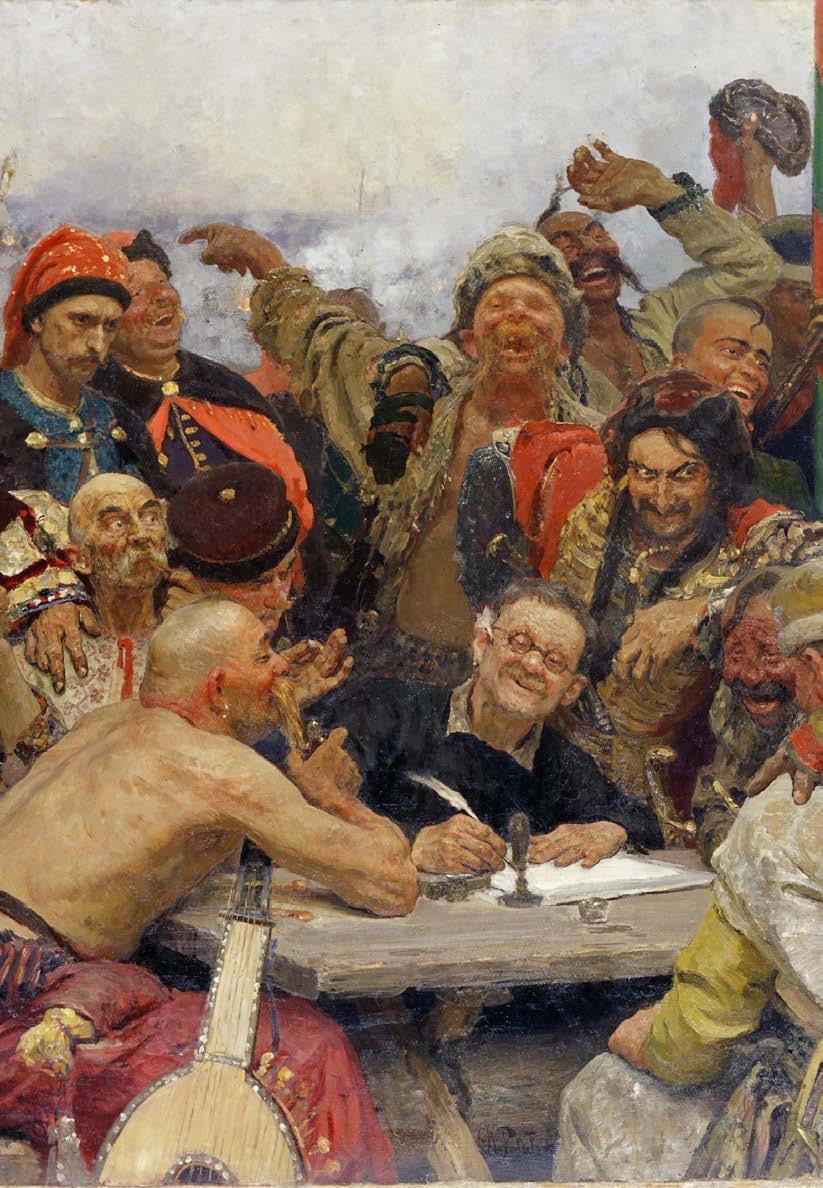
Lying in a Moscow hospital bed, fearing for the worst, Dmitri Shostakovich wrote a symphony about death. Similarly, Sibelius’s Symphony No. 4 echoes this fear for the end. Is this gaze into the abyss so bleak? Perhaps, but for Shostakovich there was also something especially purifying about it: ‘At the end, you rediscover how beautiful life is.’
Dmitri Shostakovich was a restless worker who never spent long on one composition. This was not just down to the pleasure he got from music, nor to his work ethic; it came also from the pressure that every Soviet artist felt from the authorities that were constantly peering over your shoulder. His Symphony No. 14 was completed in two months, in the relative quiet of the Moscow hospital where – not for the first time – he had been confined. He received no visitors; on the outside the city was in the midst of a flu epidemic. In his weakened condition, however, he was unable to keep thoughts of death at bay. Such thoughts spurred the driven composer to write a series of orchestral songs inspired by the elegies of various poets – a sort of oratorio without choir. After completion, he would always consider the work as one of his symphonies, albeit that it lacks the traditional symphonic form and the setting is sober. But the chilly soundscape of strings, percussion and celeste is impressively applied and fits perfectly with the feel conjured up by
the poems. And interspersing the apparently independent songs, Shostakovich creates a symphony-like cohesion through the skilful alternation of quiet and energetic passages so that the listener hears a living whole rather than a hotchpotch of pieces. And by permitting himself a few subtle changes to the texts of the original poems he was able to connect the various characters to each other.
An important impetus to this work was his admiration for Mussorgsky’s Songs and Dances of Death, a work for piano and solo voice that he had orchestrated seven years previously. It had always bothered him that his great predecessor had written just four songs about such a weighty subject; with this symphony he had risen to the challenge.
Shostakovich stayed closed to Mussorgsky’s melodic style of speech-song, with closely spaced notes and minimum of vocal embellishment. And, like Mussorgsky, he saw death here not as a bringer of peace or salvation: in all his songs people die too soon and mostly in violent ways. Such a perspective was naturally a reflection of his own traumatic experiences during Stalin’s reign of terror. But even sixteen years after Stalin’s death, Shostakovich avoided making a direct accusation against him. This symphony, he asserted at its first performance in 1969, was a homage to life and encouragement to get the most out of it, ‘because there is nothing else beyond life’. The songs describe soldiers and the nameless war dead (De Profundis,
On Watch ), the wafer-thin line between life and death (Malagueña, Loreley, The Suicide), languishing in captivity (In the Santé Jail) and the fate of ‘subversive’ artists (O Delvig! Delvig!, Death of the Poet). Shostakovich’s song Reply of the Zaporozhian Cossacks to the Sultan of Constantinople depicts an historical event close to home: the proud resistance of the Cossacks against the Sultan of Turkey in the 17th century, an event that mostly lives on in its colourful depiction on canvas by the Russian artist Ilya Repin. Shostakovich dedicated his symphony to his British colleague, Benjamin Britten – another interpreter of internal suffering, albeit of an entirely different order.
Jean Sibelius set Finnish nature and legend to very evocative music. However, he was very frugal with any autobiographical elements. Even in symphonic form – the ideal vehicle for personal confession since the romantic period – he gave very few glimpses of what was going on inside. However, his Fourth Symphony is an exception. This grim work depicts the dark clouds that hung over his life in around 1910. Serious health problems, financial difficulties, and a fear that his music was becoming outdated had driven him into a deep depression. With his first three symphonies, Sibelius had been able to draw an audience to his music. However, his fourth, dating from 1911, was not warmly received: the music seemed to have been dug out of the permafrost. In Helsinki, and throughout Europe and in America audiences did not know what to make of this bleakly cold work. On the one hand it is a romantic, heartfelt piece that expresses Sibelius’s fear of death; three years previously his excessive drinking and smoking habits had resulted in a throat tumour, from which he could scarcely believe he had been cured. On the other hand, it is a modern, uncompromising work that seems to explicitly
turn its back on the opulent sound of the romantic style. ‘This symphony dispenses with the circus’, he explained.
Sibelius’s drinking and smoking habits had resulted in a throat tumour, from which he could scarcely believe he had been cured
The work is indeed largely subdued, apart from the occasional musical outbursts. There are no tutti passages, and one hears instead the repeated change from one chamber-orchestra like group to another. The opening motif, that recurs in various manifestations, is the common thread that runs through the entire work. It is written in an indeterminate key – neither major nor minor – a destabilising force that characterises the entire symphony. The second and fourth movements are more lively, giving the impression of sudden vitality, but they fizzle out into a drifting pianissimo. In the last movement this has a definitely confrontational effect: just as the crisis seems to have been averted, the muttering of the lower strings brings the work to an abrupt, tragic end. Despite the reaction, Sibelius himself was particularly attached to this symphony. ‘I still think that there is not one single note I would add or take out’, he observed more than thirty years later. ‘My Fourth Symphony is an important part of who I am.’ He had previously expressed the wish for the slow movement to be played at his funeral. An event for which he would have to wait longer than anticipated: Sibelius lived to the grand old age of 91. He had long before then ceased composing, but he had every reason to boast: ‘I am still alive, and all the doctors who forbade me from smoking and drinking are dead.’
Michiel Cleij
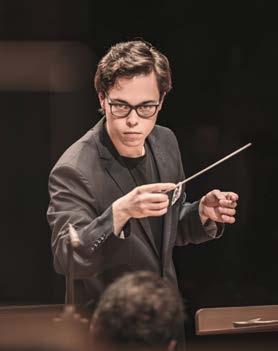

Photo: Algirdas Bakas

Photo: Maik Schulze
Born: Vaasa, Finland
Current position: Music Director Latvia National Symphony Orchestra, Principal Guest Conductor Deutsche Kammerphilharmonie Bremen, Music Director Designate Orchestre National du Capitole de Toulouse and Hong Kong
Philharmonic Orchestra
Education: piano at Kuula College (Vaasa) and the Sibelius Academy (Helsinki), conducting with Jorma Panula, Sakari Oramo, Hannu Lintu and Jukka-Pekka Saraste
Guest appearances:Toronto Symphony Orchestra, RSO Berlin, Konzerthaus Orchester Berlin, SWR Symphonieorchester, Göteborgs Symfoniker, Los Angeles Philharmonic, a.o.
Debut Rotterdam Philharmonic: 2022
Born: Vilnius, Lithuania
Education: piano and choral conducting at the National Čiurlionis School of Art, voice at the Lithuanian Academy of Music and Theatre with her mother, the soprano Irena Milkevičiūtė
Breakthrough: 2014, debut with the Royal Swedish Opera in Puccini’s Madama Butterfly
Subsequently: opera at Salzburger Festspiele, Wiener Staatsoper, Bayerische Staatsoper, Deutsche Oper Berlin, Bayreuther Festspiele, Teatro alla Scala, Royal Opera House, Metropolitan Opera; concert appearances with Gewandhausorchester Leipzig, Berliner Philharmoniker, Wiener Philharmoniker
Debut Rotterdam Philharmonic: 2025
Born: Laitila, Finland
Education: voice at the Sibelius Academy Helsinki with Roland Hermann
Breakthrough: 2015, debuts Opernhaus Zürich, Teatro Comunale di Bologna, Bayerische Staatsoper, Semperoper Dresden and Ruhrtriennale
Subsequently: opera at Sommerfestspiele Baden-Baden, Bayreuther Festspiele, Salzburger Festspiele, Dutch National Opera, Opéra National de Paris, Staatsoper Berlin, Bayerische Staatsoper, Wiener Staatsoper, Lyric Opera of Chicago; concert appearances with Gewandhausorchester Leipzig, Berliner Philharmoniker, London Symphony Orchestra, Chicago Symphony Orchestra
Debut Rotterdam Philharmonic: 2025
ICCR Finale: Opera
Wed 11 June 2025 • 10.00 (rehearsal) and 19.30 (concert) conductors Finalists ICCR soloists Singers International Vocal Competition Den Bosch
choir Laurens Symfonisch
Puccini highlights from various operas
ICCR Finale: Symphonic
Fri 13 June 2025 • 10.00 (rehearsal) and 19.30 (concert) conductors Finalists ICCR
Price Dances in the Canebrakes
Debussy La mer
Rachmaninoff Symphonic Dances
Music for Breakfast 5
Sun 15 June 2025 • 10.30
Rotterdam, RDM Kantine
Musicians and programme on rpho.nl
North Sea Jazz Festival
Fri 11 July 2025 • 16.30
Rotterdam, Ahoy RTM Stage conductor Clark Rundell
saxophone Dayna Stephens and Tineke Postma
piano Danilo Pérez
bass John Patitucci
drums Terri Lyne Carrington
The Symphonic Music of Wayne Shorter
Fri 12 September 2025 • 20.15
conductor Dalia Stasevska
soprano and nyckelharpa Aphrodite
Patoulidou
Meredith Nautilus
Sibelius Scene with Cranes
Berio Folk Songs
Patoulidou Improvisation
Sibelius Luonnotar
Respighi Pini di Roma

Chief Conductor
Lahav Shani
Honorary
Conductor
Yannick Nézet-Séguin
Principal Guest Conductor
Tarmo Peltokoski
First Violin
Marieke Blankestijn, concertmaster
Tjeerd Top, concertmaster
Quirine Scheffers
Hed Yaron Meyerson
Saskia Otto
Arno Bons
Rachel Browne
Maria Dingjan
Marie-José Schrijner
Noëmi Bodden
Petra Visser
Sophia Torrenga
Hadewijch Hofland
Annerien Stuker
Alexandra van Beveren
Marie Duquesnoy
Giulio Greci
Second Violin
Charlotte Potgieter
Frank de Groot
Laurens van Vliet
Elina Staphorsius
Jun Yi Dou
Bob Bruyn
Eefje Habraken
Maija Reinikainen
Babette van den Berg
Melanie Broers
Tobias Staub
Sarah Decamps
Viola
Anne Huser
Roman Spitzer
Galahad Samson
José Moura Nunes
Kerstin Bonk
Janine Baller
Francis Saunders
Veronika Lénártová
Rosalinde Kluck
León van den Berg
Olfje van der Klein
Jan Navarro
Cello
Emanuele Silvestri
Joanna Pachucka
Daniel Petrovitsch
Mario Rio
Eelco Beinema
Carla Schrijner
Pepijn Meeuws
Yi-Ting Fang
Killian White
Double Bass
Matthew Midgley
Ying Lai Green
Jonathan Focquaert
Arjen Leendertz
Ricardo Neto
Javier Clemen Martínez
Flute
Juliette Hurel
Joséphine Olech
Manon Gayet
Flute/Piccolo
Beatriz Baião
Oboe
Karel Schoofs
Anja van der Maten
Oboe/Cor Anglais
Ron Tijhuis
Clarinet
Julien Hervé
Bruno Bonansea
Alberto Sánchez García
Clarinet/ Bass Clarinet
Romke-Jan Wijmenga
Bassoon
Pieter Nuytten
Lola Descours
Marianne Prommel
Bassoon/ Contrabassoon
Hans Wisse
Horn
David Fernández Alonso
Felipe Freitas
Wendy Leliveld
Richard Speetjens
Laurens Otto
Pierre Buizer
Trumpet
Alex Elia
Adrián Martínez
Simon Wierenga
Jos Verspagen
Trombone
Pierre Volders
Alexander Verbeek
Remko de Jager
Bass Trombone
Rommert Groenhof
Tuba
Hendrik-Jan Renes
Percussion
Danny van de Wal
Ronald Ent
Martijn Boom
Harp
Albane Baron